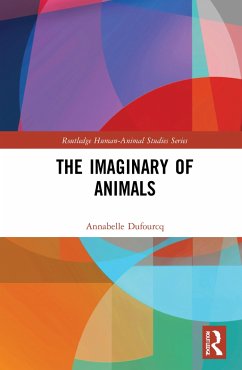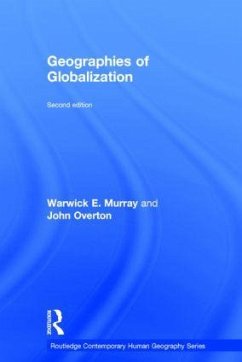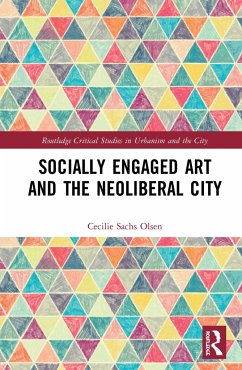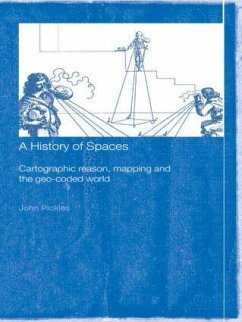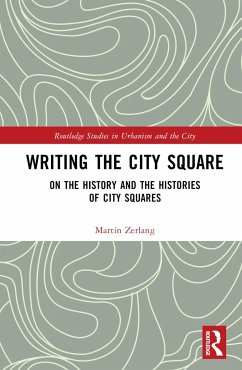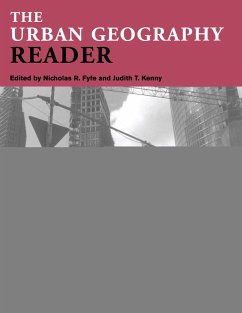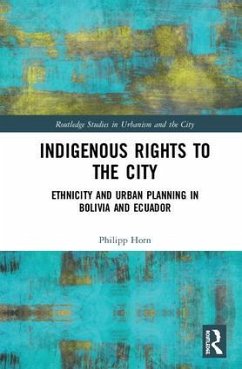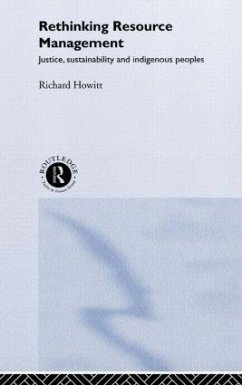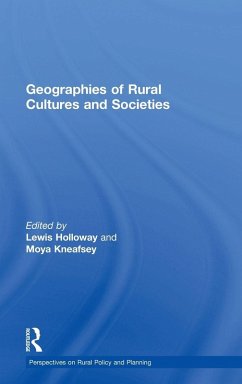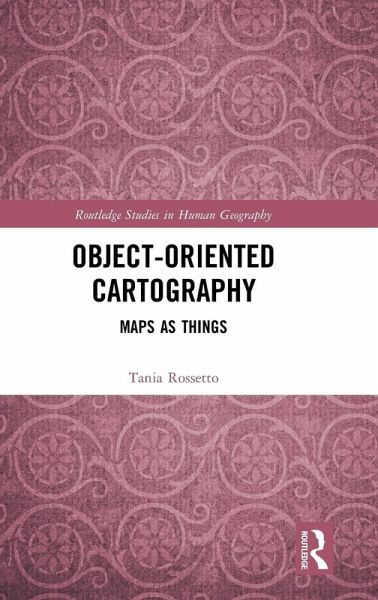
Object-Oriented Cartography
Maps as Things
Versandkostenfrei!
Versandfertig in 1-2 Wochen
167,99 €
inkl. MwSt.
Weitere Ausgaben:

PAYBACK Punkte
84 °P sammeln!
Object-Oriented Cartography provides an innovative perspective on the changing nature of maps and cartographic study. Through a renewed reading of contemporary cartography, this book acknowledges the shifted interest from cartographic representation to mapping practice, proposing an alternative consideration of the 'thingness' of maps.




